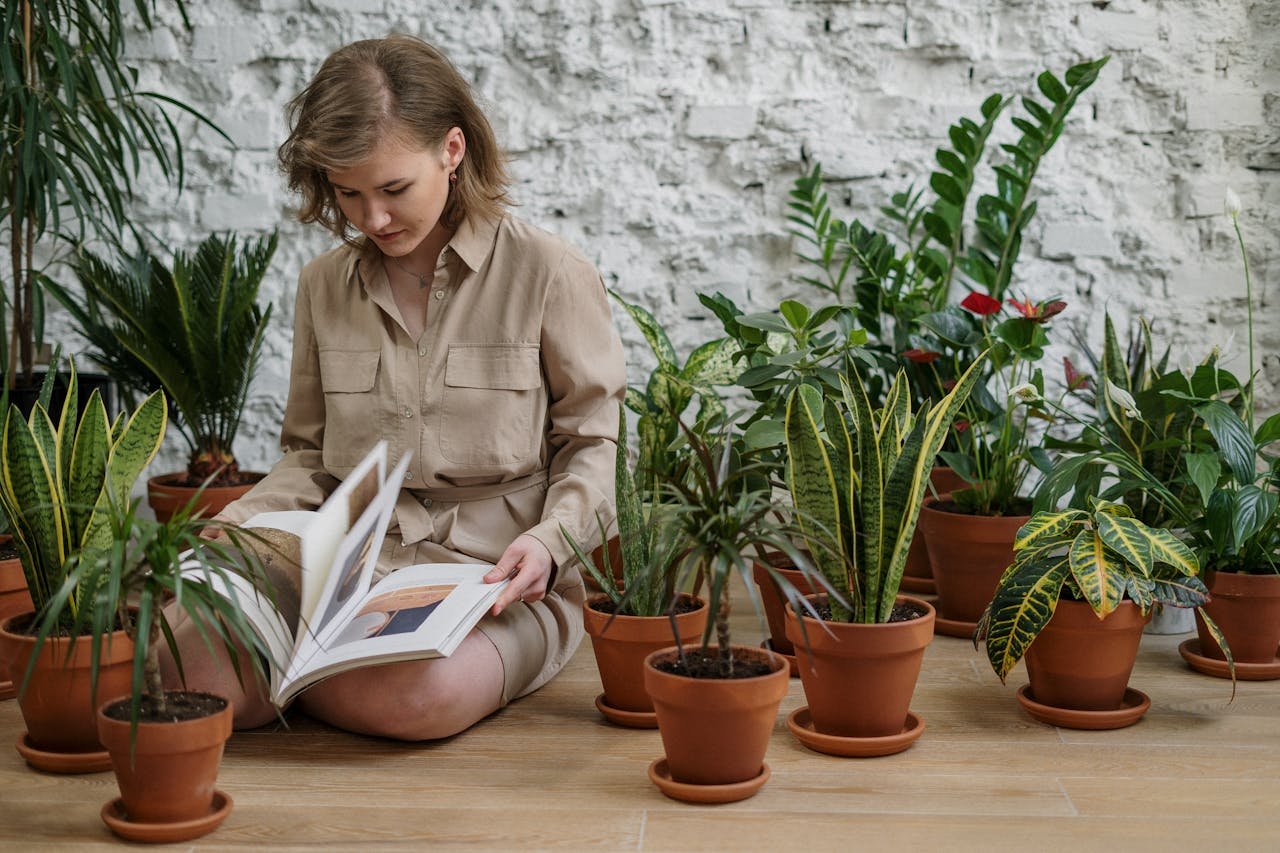10 ways to take care of plants
Outline
- Introduction
- Importance of Routine Care for Plants
- Understanding Your Plants’ Needs
- Setting Up a Plant Care Schedule
- Choosing the Right Plant Care Products
- Watering Your Plants
- Providing Adequate Sunlight
- Monitoring Temperature and Humidity Levels
- Pruning and Trimming Your Plants
- Checking for Pests and Diseases
- Repotting Your Plants
- Tips for Troubleshooting Common Plant Care Issues
- Benefits of Consistent Plant Care Routine
- Conclusion

Article
10 ways to take care of plants; Plants are living organisms that require regular care and attention to thrive. Without a consistent routine in place, plants may struggle to grow, become vulnerable to diseases, or even die prematurely. In this article, we will discuss the importance of creating a routine for plant care success and provide tips on how to establish a successful plant care regimen.
Thank you for reading this post, don't forget to subscribe!Importance of Routine Care for Plants
Consistent care is essential for maintaining the health and vitality of your plants. A well-established routine can help you keep track of important tasks such as watering, fertilizing, and pruning, ensuring that your plants receive the necessary nutrients and care they need to flourish.
Understanding Your Plants’ Needs
Before setting up a plant care schedule, it is important to understand the specific needs of your plants. Different plants have different requirements when it comes to sunlight, water, and temperature. Take the time to research and familiarize yourself with the care instructions for each of your plants.
Setting Up a Plant Care Schedule
Once you have a good understanding of your plants’ needs, create a plant care schedule that outlines the tasks you need to perform regularly. This schedule can include watering days, feeding schedules, and maintenance tasks such as pruning and repotting.
Choosing the Right Plant Care Products
Invest in high-quality plant care products that are tailored to the specific needs of your plants. This includes soil, fertilizers, and pest control products. Using the right products can help promote healthy growth and prevent common plant issues.

Watering Your Plants
Proper watering is crucial for the health of your plants. Different plants have different watering needs, so it is important to water them according to their specific requirements. Avoid overwatering or underwatering, as this can lead to root rot or dehydration.
Providing Adequate Sunlight
Plants need sunlight to photosynthesize and grow. Ensure that your plants are placed in an area where they can receive adequate sunlight based on their specific light requirements. Monitor the amount of sunlight your plants are receiving and adjust their placement as needed.
Top 15 Low Light Plants for Your Home and Office
Read More
Monitoring Temperature and Humidity Levels
Some plants are sensitive to temperature and humidity levels. It is important to keep an eye on these factors and make adjustments as needed to create the optimal growing conditions for your plants.
Pruning and Trimming Your Plants
Regular pruning and trimming can help promote healthy growth and prevent overcrowding. Remove dead or damaged leaves, branches, and flowers to encourage new growth and maintain the overall health of your plants.
Checking for Pests and Diseases
Inspect your plants regularly for signs of pests or diseases. Common pests include aphids, mealybugs, and spider mites, while common diseases include powdery mildew and root rot. Promptly treat any issues you identify to prevent them from spreading to other plants.
How To Diagnose Plant Problems
Read More
Repotting Your Plants
As your plants grow, they may outgrow their current pots and require repotting. Repotting allows plants to have more space for root growth and can prevent them from becoming root-bound. Choose a pot that is slightly larger than the current one and use fresh soil when repotting.
Tips for Troubleshooting Common Plant Care Issues
If you encounter problems with your plants, such as yellowing leaves, stunted growth, or wilting, consider factors such as lighting, watering, and nutrient deficiencies. Make adjustments to your care routine as needed to address these issues and promote healthy plant growth.
Benefits of Consistent Plant Care Routine
By establishing a routine for plant care, you can enjoy the many benefits of healthy, thriving plants. Consistent care can help improve air quality, reduce stress, and enhance the overall aesthetics of your home or garden. Additionally, caring for plants can be a rewarding and enjoyable hobby that brings a sense of fulfillment and relaxation.
My Opinion
Creating a routine for plant care success is essential for ensuring the health and vitality of your plants. By understanding your plants’ needs, setting up a care schedule, and providing consistent attention, you can enjoy the benefits of thriving, beautiful plants in your home or garden.
FAQs
- How often should I water my plants?
- What are some signs that my plants are not receiving enough sunlight?
- What are the best plant care products to use for indoor plants?
- How can I prevent pests and diseases from affecting my plants?
- Is it necessary to repot my plants every year?




